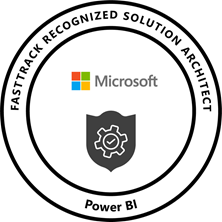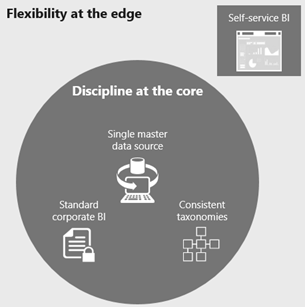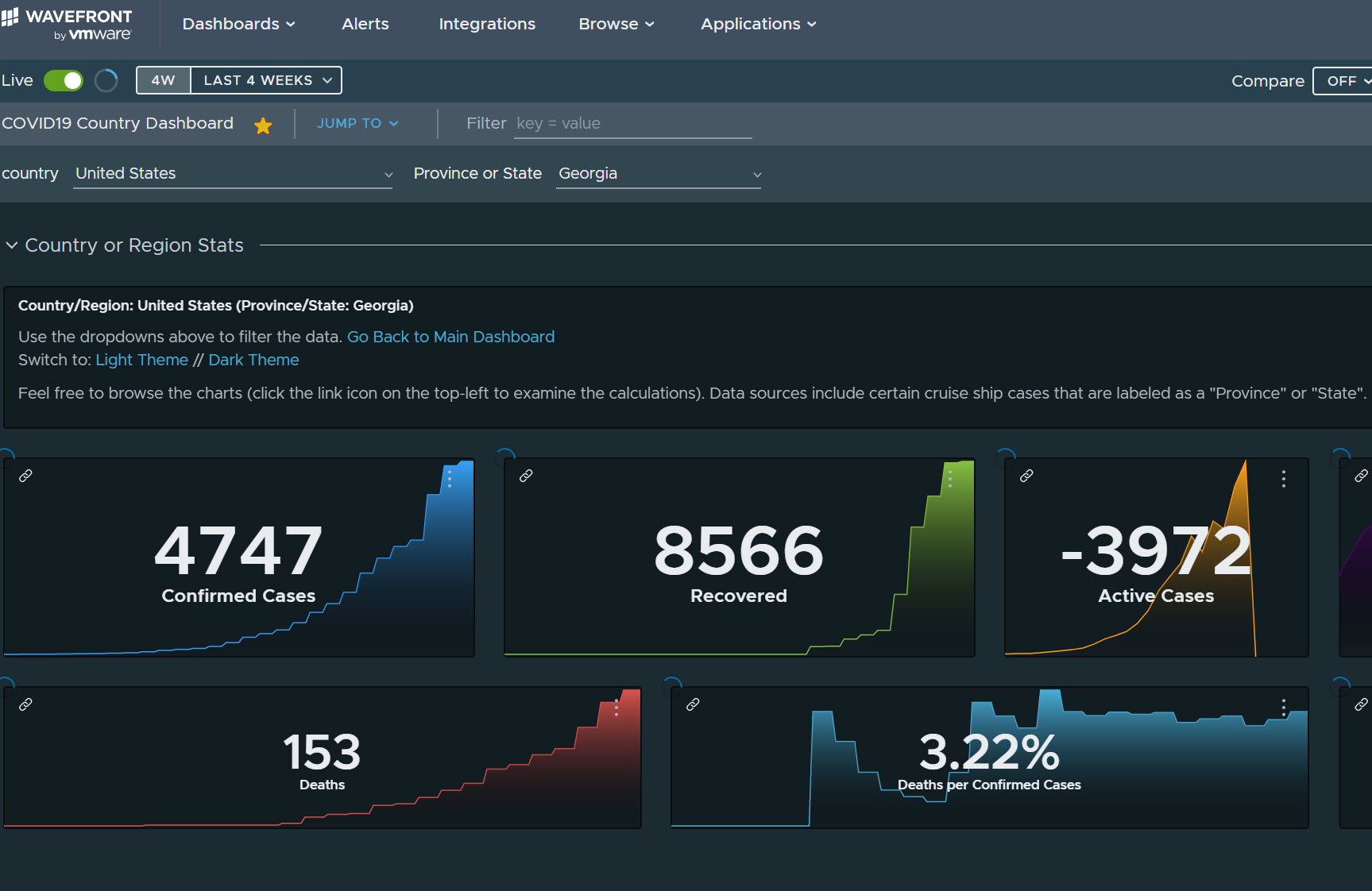Cloud Inhibitors
In a previous blog, I said I consider it a travesty when a vendor’s cloud offering prohibits direct access to the data in its native storage, which is typically a relational database, and therefore a perfect store for data analytics and integration, such as to run real-time analytics or export the data to load a data mart. There is nothing simpler than connecting to a relational database, which is designed to handle efficiently select and filter operations. Unfortunately, it’s becoming a norm where the move to the cloud requires going through all sorts of hoops to access the data. Some enlightened providers offer direct access to the native store by charging a premium fee. However, this is not usually an option and most vendors require you call their REST APIs.
Since, the move to the cloud shouldn’t make things more difficult, I call these vendors “cloud inhibitors”. Such vendors usually cite concerns, such as security and performance, as reasons to prevent access. But the irony is that such issues could be easier addressed by the vendor, such as by hosting the customer on a dedicated VM (think of Power BI Premium), instead of transferring the data integration burden to the customer.
The previous “Cloud Inhibitor” award was held by Microsoft Dynamics Online that has decided to prevent access to the Dynamics SQL database and recommends the customer to consume the staged data from Azure Data Lake CDM folders. One popular ERP vendor has gone even further when embracing AWS as their platform of choice. Not only did they disallow access to their SQL Server database, but they also disallow access to the S3 data lake where they stage the data. Instead, when moving their on-prem ERP solution to the cloud, a client has found that they have two choices for data integration: call the REST APIs or use a JDBC driver, with the latter option out of reach for Microsoft apps.
I’m still researching the best option to enable this client access their data with minimum integration effort although the recommended solution by the vendor was to write a client app to call REST APIs or use Java-based ETL. How ridiculous is this given that that client could simply connect to their ERP database in the past? So much about real-time BI and no-code data integration!














